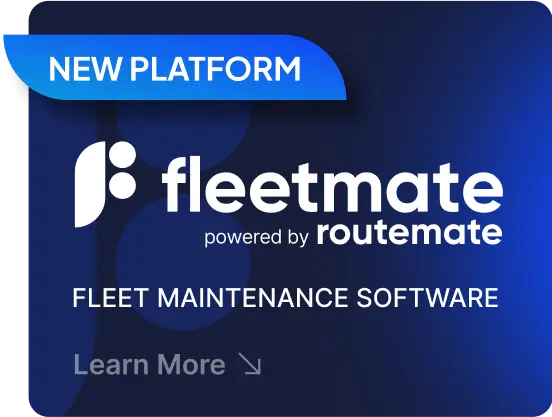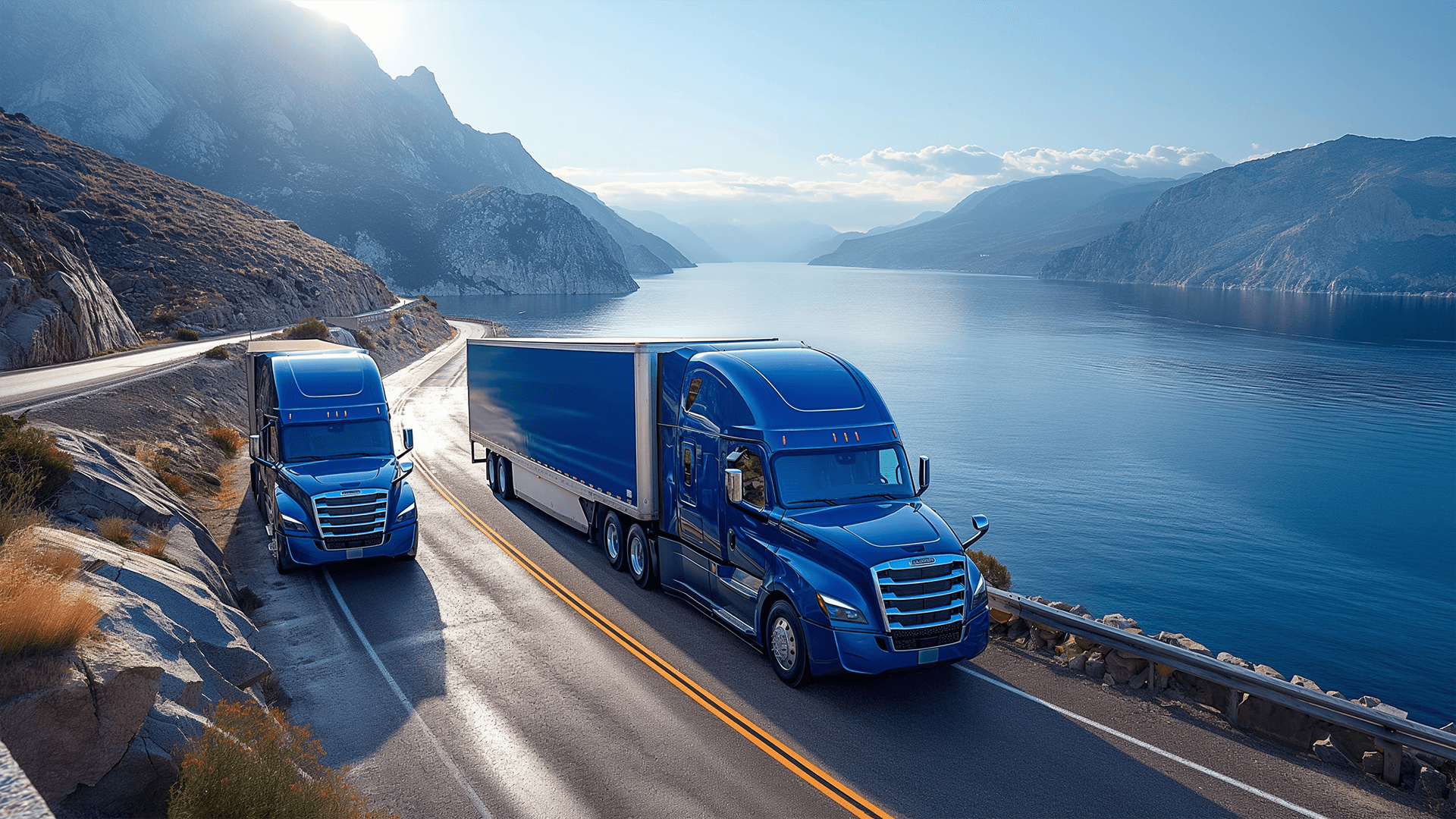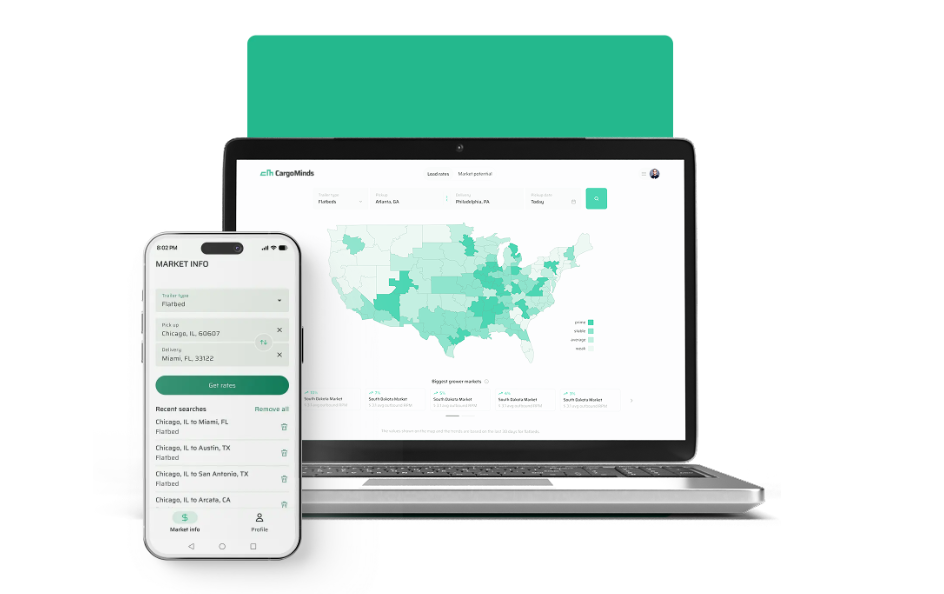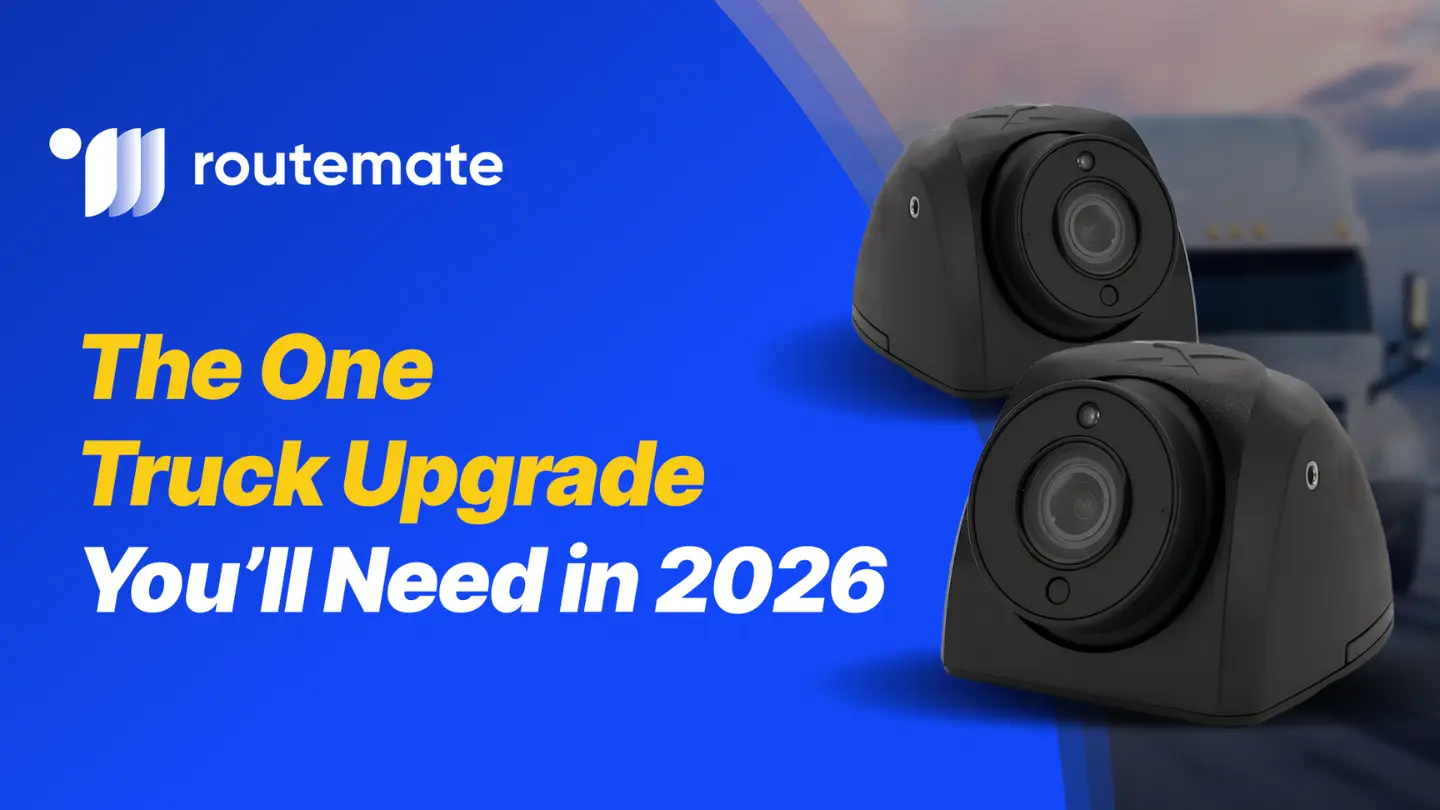An ELD, or electronic logging device, records driving times and hours of service (HOS) by commercial motor vehicle drivers. ELDs also collect data regarding the vehicle’s engine, movement, and mileage.
ELDs also function as vehicle tracking devices, helping fleet managers always have an eye on their assets. In addition, ELD providers often have separate apps for truck drivers, specially designed to simplify their daily operations. So, besides being mandatory, they also serve as a helping hand for the majority of people in this industry.
This blog will cover all the basic information about electronic logging devices – what ELDs do, their main features, and their benefits. If you want to learn more about them and their importance for your business, keep reading.
What does an ELD do?
An ELD integrates with the vehicle engine to record driving time and collect data for accurate HOS. The device communicates directly with the engine to gather other information such as engine hours, status, location, and miles driven.
This device then sends all this information to a server, where Duty Status logs are created and available for viewing in the ELD mobile app. The ELD app allows drivers to access their electronic logging data on their smartphone or tablet. Furthermore, the mobile app is synced with fleet management software. Thus, compliance managers are able to monitor and analyze compliance thanks to ELD reports, maps, and notifications.
ELD Compliance
Before we go into the main features and benefits of ELDs, let us go over ELD compliance and it’s meaning. Before you make a decision on an ELD, you must ensure that the device is registered through the FMCSA. This regulatory body is responsible for ensuring that your ELD equipment is in compliance with federal government mandates.
Any violation of these rules can result in penalties, such as being removed from service for eight hours at a time. Furthermore, the FMCSA keeps track of safety measurement score. If this score increases as a result of repeated violations, the agency will conduct an investigation.
Main Features of an ELD
You can come across many different types of electronic logging devices on the market. However, there are certain features shared among most ELDs.
Here is a list of the most important ELD features:
- Automatically record driving time
- Internal synchronization with the engine
- Record location
- Transfer data electronically
- Display ELD records for safety officials on demand
- Ensure compliance with certification of driver logs
- Overview of fuel consumption
Some devices may come with many additional features, which can be helpful depending on the type of your business. Keep in mind that your driver’s job is to drive and not fumble with in-cab technology, so make sure to choose an easy-to-use technology.
Benefits of an ELD
We have already mentioned that ELDs are mandatory for commercial vehicles. However, fleets and drivers have seen many benefits from this device. Here is how ELDs can help your fleet become even more efficient.
Reduce time spent on paperwork
Electronic logging devices automatically track and record vehicle movement, minimizing the administrative load. With ELDs, there is no need to record, save, and store HOS manually. Now, fleet managers and drivers can focus on other areas of their business that were previously occupied by filling out paperwork.
Quicker roadside inspections
ELD has the option to easily send all the necessary details for the previous period driver record of duty status / log details directly to the inspector during a roadside inspection. This ultimately simplifies the whole process and saves a lot of time spent manually doing this. Thanks to this, drivers spend less time at roadside inspections and more time driving.
Improved Driver Safety
ELD helps drivers keep accurate driving hours of service. This ensures that drivers are not fatigued, which is one of the leading causes of truck accidents. The device also comes with additional driver behavior monitoring features. These features go a long way in developing a safer driving culture across fleets.
Improved CSA Scores
There is no possibility of a human error occurring with an electronic logging device. HOS are now automatically recorded, ensuring that logs are totaled properly and accurately. In addition, ELD significantly reduces driving-related violations.
Lower insurance premiums
As we have mentioned, drivers who use ELDs have significantly lower crash rates. With real-time monitoring capabilities, fleet managers can detect and quickly address potential violations, thus encouraging safer driving practices. Fewer crashes combined with improved CSA scores mean lower insurance premiums.
Additionally, dashcams provide valuable insights into driver behavior and road incidents, which can lead to lower insurance premiums due to:
- Clear evidence for insurance claims
- Reduced likelihood of fraudulent claims
- Improved risk assessment by insurance companies
- Enhanced driver accountability and adherence to safety protocols
Choose RouteMate
RouteMate offers the perfect solution for your fleet. Our device is registered and fully complies with the FMCSA requirements. With our device, you are ready for an audit at any moment. You can easily transfer logs directly to the FMCSA portal or inspector’s email during the roadside inspection. Just one click is enough to send logs through the Route Mate app. Thanks to our user-friendly interface, drivers can easily record their daily logs while fleet managers have insight into all ELD reports.
With our solution, the fleet gets instant alerts every time the driver is nearing violations or breaking them. You can monitor drivers’ behavior and increase their safety by calling them if necessary.
If you are already in the fleet managing business, you already know how important it is to have reliable software. Remember, RouteMate provides more than just compliance data. It significantly reduces operational costs, which ultimately translates into higher profits. It decreases liabilities, invites lower insurance rates, and helps fleets improve the driver retention rate.
FAQ
- What is an ELD?
ELD, or electronic logging device, collects data on the driver’s HOS, engine, movement, and mileage of commercial vehicles. It is a mandatory device to ensure your fleet’s compliance, reliability, and safety.
- Who needs to have an electronic logging device?
Most motor carriers and drivers must own an ELD if they are required to maintain records of duty status (RODS). This rule applies to trucks and buses. Certain exemptions exist, all listed on the FMCSA website.
- What data does an ELD record?
An ELD automatically records the following data: date, time, location info, engine hours, miles, and identification information for the driver, vehicle, and motor carrier. In addition, many ELDs come with additional features that can be pretty useful.
- What are the benefits of an ELD?
Besides recording data necessary for fleets to stay compliant, an ELD reduces operational costs, which leads to EVEN MORE profits. A reliable electronic logging device decreases liabilities, invites lower insurance costs, and helps you keep your drivers.
- How do I know if an ELD is compliant?
The FMSCA ELD registry lists compliant ELDs and displays revoked devices on its website. As an ELD provider, RouteMate ensures that our customers operate with fully compliant and registered devices.








